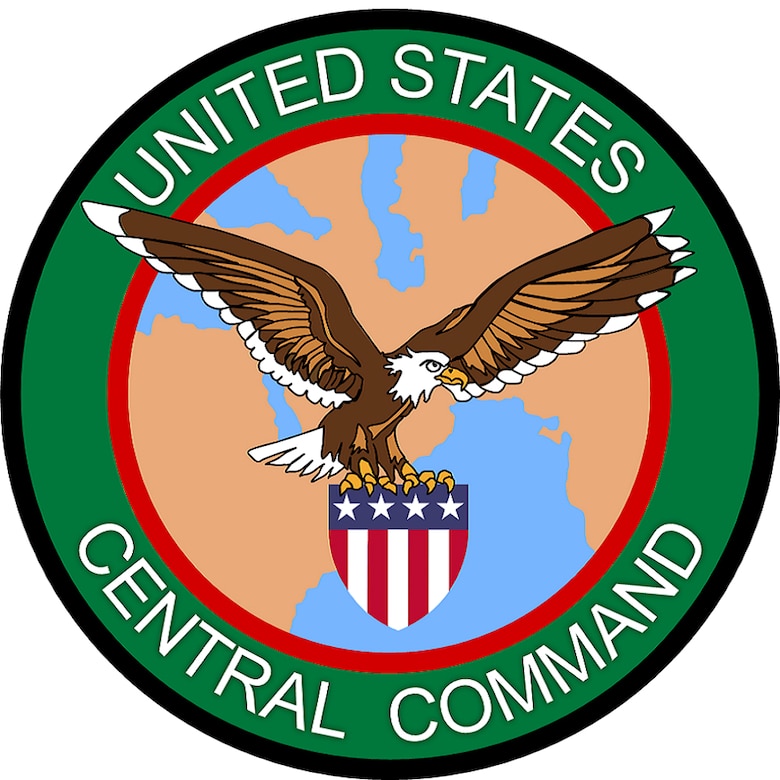By Lisa Ferdinando, DoD News, Defense Media Activity
WASHINGTON -- The Defense Department is working in
partnership with the State Department and the U.S. Agency for International
Development to maximize U.S. efforts for stability in conflict-affected areas,
a U.S. Central Command official said today.
Air Force Lt. Gen. Charles Q. Brown Jr., the deputy
commander at Centcom, delivered the keynote address, titled “DoD Perspective to
Stabilization and Importance of the Stabilization Assistance Review,” on the
final day of a two-day stabilization symposium at George Washington University.
"When you talk about stabilization, it's the
partnerships and alliances we have with the Department of State, USAID [and]
nongovernmental organizations that allow us to be able to do those things that
we do in order to provide stability in different locations," he said.
The Stabilization Assistance Review provides the framework
for DoD, the State Department and USAID to best carry out stabilization efforts
in conflict-affected areas. It incorporates lessons learned, while also placing
the State Department in charge as the lead federal agency, USAID as the
implementer and DoD supporting with security and logistics, Brown explained.
He pointed out that having one agency in charge prevents the
conflicts that could arise when it is unclear who is in charge and there are
different approaches to stabilization.
Stabilization is Not ‘One Size Fits All’
Brown outlined three types of operating zones: a stable zone
that has good security, good governance, and good delivery of services; a gray
zone that has weakened security, weakened governance and weakened delivery of
services; and an unstable zone that lacks security, governance and delivery of
services.
“We'll vacillate between stable and the gray zone,” he said.
“Working in the central region, we probably spend more time in the gray zone
than we do in the stable zone, by in large across our [area of responsibility]."
When talking about security in northeast Syria, the priority
was to first defeat the Islamic State of Iraq and Syria, he said, noting a big
part of that effort was done by, with and through partners on the ground.
Stabilization occurs throughout all phases, he said. It said occurs when there
is a level of security, a level of governance and some level of service
delivery.
He used Manbij, Syria, as an example, saying that while it
is fairly stable now, the challenge of stability includes ensuring the security
endures.
"You're not going to have a kind of a ‘one size fits
all,’ but you do want to have a kind of ‘one size fits most’ and being able to
adjust as things going along," he said.
He also pointed out lessons from the Stabilization Assistance
Review that could be applied to how things could have been done differently in
Afghanistan. For example, he said the Afghan security forces, as they are doing
now, could have earlier taken on the greater role in their own security.
The Stabilization Assistance Review is an interagency effort
with the State Department, USAID and DoD to identify ways the United States can
leverage diplomatic engagement, defense and foreign assistance to stabilize
conflict-affected areas. The review took place last year; the secretaries of
State and Defense and the administrator of USAID signed it in February.

No comments:
Post a Comment